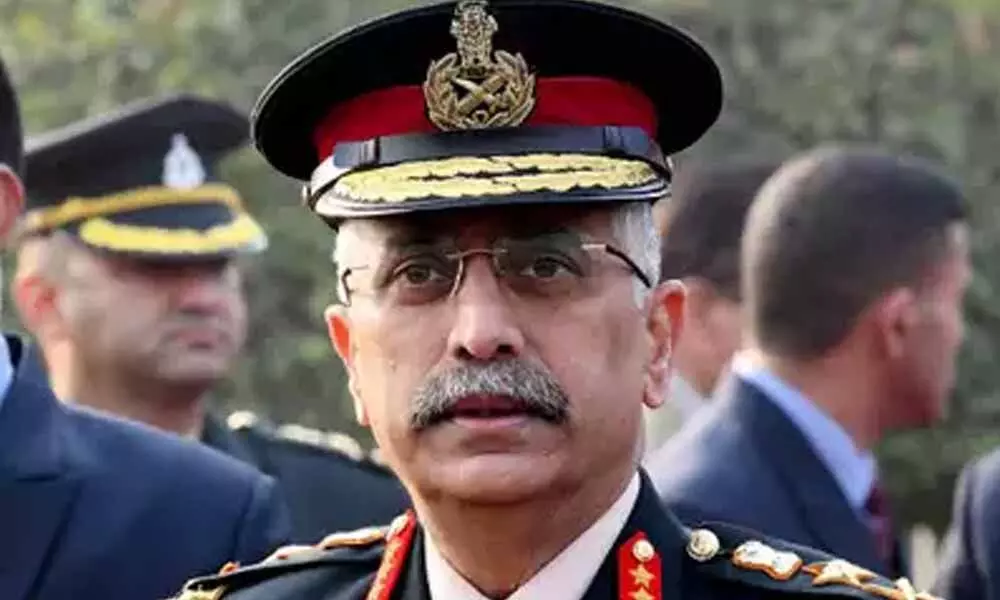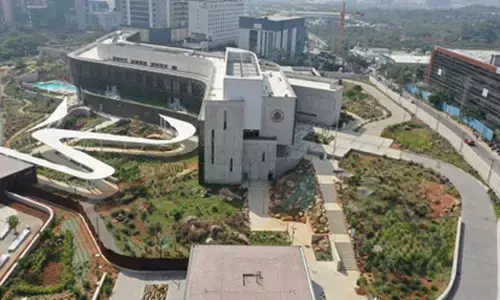Army Chief Visits Leh To Review Situation On Indo-China Border
 Chief of Army Staff General MM Naravane
Chief of Army Staff General MM NaravaneThe Chief of Army Staff General MM Naravane on Friday, visited army headquarters of the 14 Corps on the disputed Line of Actual Control in Ladakh on the Sino-Indian border, according to the news agency ANI.
The Chief of Army Staff General MM Naravane on Friday, visited army headquarters of the 14 Corps on the disputed Line of Actual Control in Ladakh on the Sino-Indian border, according to the news agency ANI. The Army Chief's visit comes in the wake of provocations on the part of China on the international border in the Ladakh sector. Currently, there is a stand-off with Chinese troops in three locations in the Ladakh sector, according to reports.
General Naravane's Friday visit to the headquarters of the 14 Corps in Leh comes a day after India said that China was impeding India's normal patrolling in the region along the Line of Actual Control. Chinese and Indian soldiers came to blows on May 5, as also the following day in this area.
A similar incident took place a few days later in the Sikkim sector in which 150 Indian and Chinese soldiers were involved in a fierce stand-off leading to scuffles. A few soldiers from both sides sustained injuries in the incident.
Over the past few years, there have been a few such incidents involving Chinese and Indian troops. The most serious of these was the one that took place in mid-June 2017 in Doklam, an area with a plateau lying between China's Chumbi Valley to the north, Bhutan's Ha Valley to the east and India's Sikkim to the west. Doklam is considered to be of strategic importance to all three countries.
Chinese troops attempted to construct a road in the tri-junction sector in Doklam plateau near the Doka La pass and were prevented by Indian troops.
The stand-off between India and China continued for two months till both sides announced that they had withdrawn all troops in the area following dialogue at higher levels.














